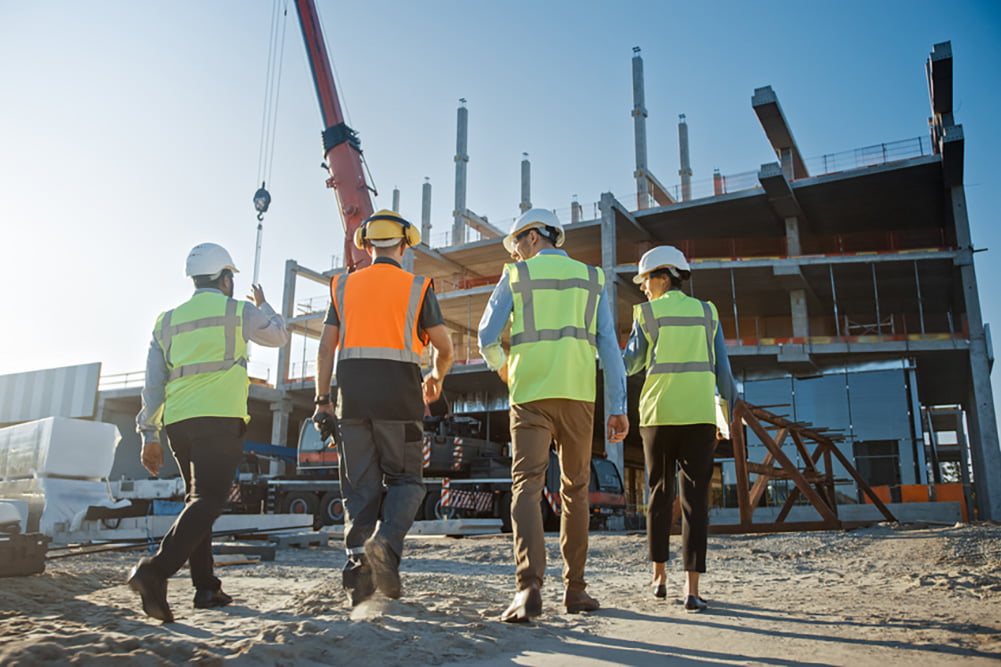
The construction industry currently faces a significant challenge of acquiring skilled labour, impacting small local contractors and large multinational firms. Addressing labour shortages is crucial for ensuring business continuity and promoting growth.
By tackling this problem head-on, construction businesses can secure their future, expand their operations and contribute to the economy. It also builds a resilient and adaptable workforce capable of meeting tomorrow’s challenges.
Understanding the causes
The primary reasons behind labour shortages in construction include:
- Aging workforce: Many skilled workers are nearing retirement, and more young workers must enter the field to replace them.
- Perception issues: Construction careers are often perceived as less desirable than tech or finance, making it hard to attract new talent.
- Educational shifts: There’s been a strong emphasis on four-year college degrees over vocational training, leading to fewer young people learning trades.
- Immigration policies: Tight immigration policies limit the number of skilled workers entering the country, impacting industries relying on such labour.
In Australia, these issues contribute to a rapidly growing labour shortage in the construction sector, with projections showing a peak deficit of 131,000 infrastructure workers by 2024. This scenario underscores the urgency of the situation.
Understanding these causes is crucial for developing effective solutions. By acknowledging the root issues, the industry can tailor recruitment and retention strategies to address each challenge.
Leveraging subcontractors and temporary labour
Hiring subcontractors or temporary workers offers construction businesses much-needed flexibility. It allows them to scale their workforce up or down based on project demands. This approach is particularly relevant in Australia, where building and construction represent 10 per cent of the GDP, making it the fifth-largest sector in the economy.
Establishing clear communication channels, setting precise expectations for work quality and timelines, and maintaining strong, ongoing relationships are vital to ensure reliability when working with subcontractors. Businesses can then ensure the subcontracted work meets their standards and supports project success.
Investing in training and development
Upskilling existing employees to fill gaps presents a strategic advantage. It reduces dependency on external hiring and enhances the workforce’s capability from within. Since construction work has grown nearly 13 per cent over the last decade — making it one of the fastest-growing professions — the need for skilled labour is more critical than ever.
Successful training programs — like on-the-job training initiatives, apprenticeship models and partnerships with technical schools — have proven effective. For example, programs offering certifications in specialised areas improve project outcomes, increase employee morale and boost retention by investing in their professional growth.
Improving worksite management and efficiency
Meticulous planning, delegating tasks appropriately and ensuring each worker employs their skills productively are essential for optimising project management and utilising available labour. Additionally, lean construction techniques can significantly minimise waste and maximise output, focusing on value-added activities and eliminating inefficiencies.
With environmental managers increasingly in demand, their expertise — notably, the 7 per cent adept in environmental regulations, regulating bodies and project management — can integrate sustainable practices while enhancing project efficiency. Leveraging their knowledge supports compliance with ecological standards and promotes a more streamlined and responsible approach to construction project management.
Embracing technology and automation
Advanced technology is crucial in mitigating construction labour shortages by significantly improving organisation and productivity. The market for artificial intelligence in construction solutions can reach $2.1 billion by 2026, illustrating the growing reliance on technology to address workforce challenges.
Examples of such technologies include prefabrication — manufacturing building components off-site and assembling them on-site — and 3D printing, which automates the construction of building parts. These innovations streamline construction processes and open up new possibilities for project design and execution. They demonstrate the transformative potential of technology in the construction sector.
Turning challenges into opportunities
The construction industry’s future hinges on people’s ability to innovate and adapt, particularly when facing labour shortages. Embracing new technologies, investing in an upskilled workforce and adopting strategic project management practices allows organisations to turn challenges into opportunities for growth.












